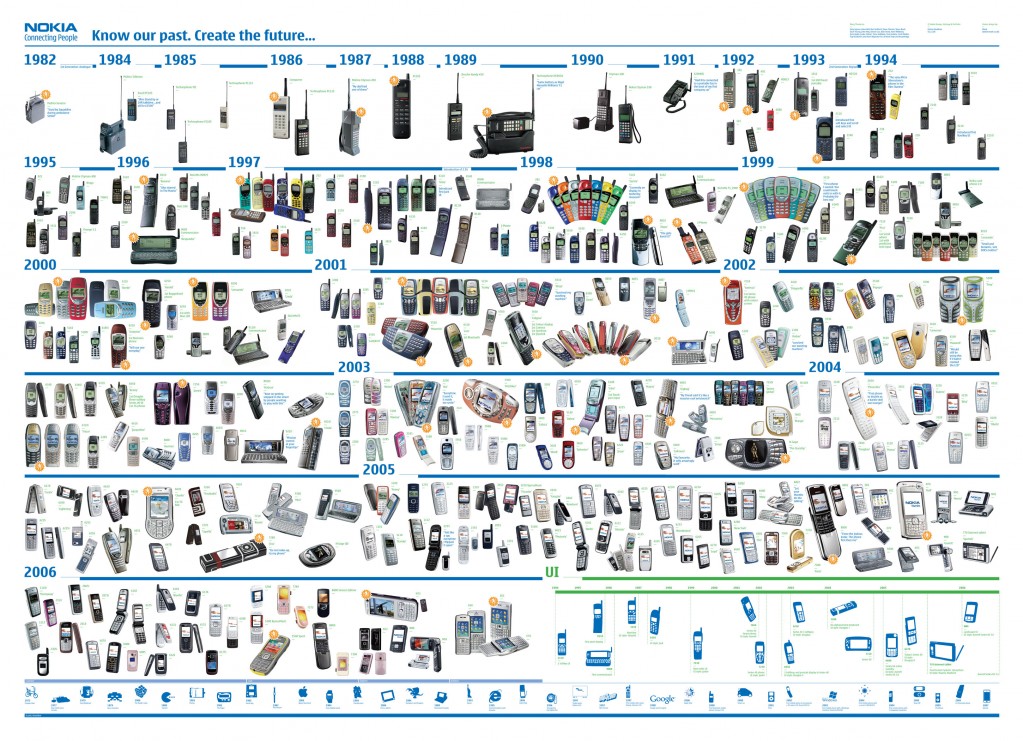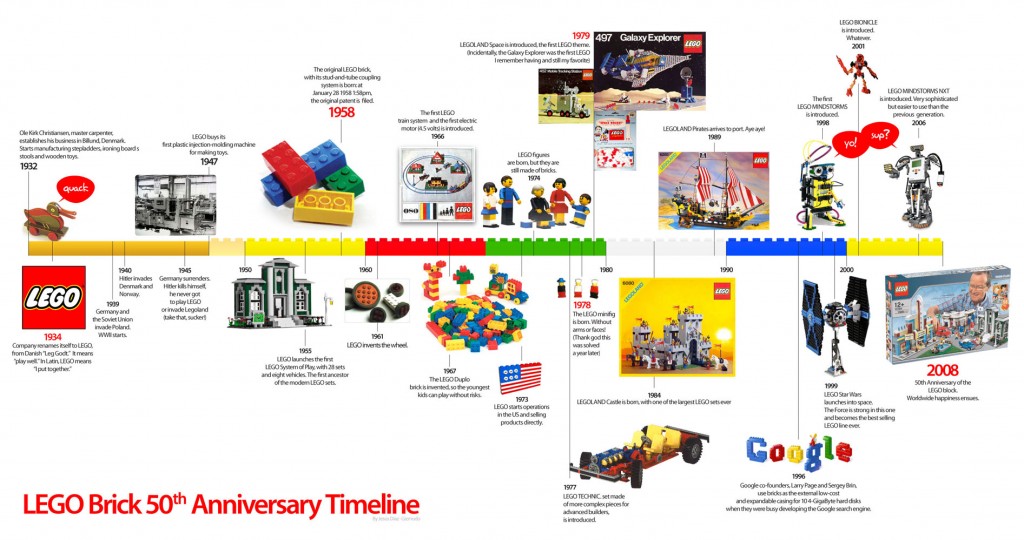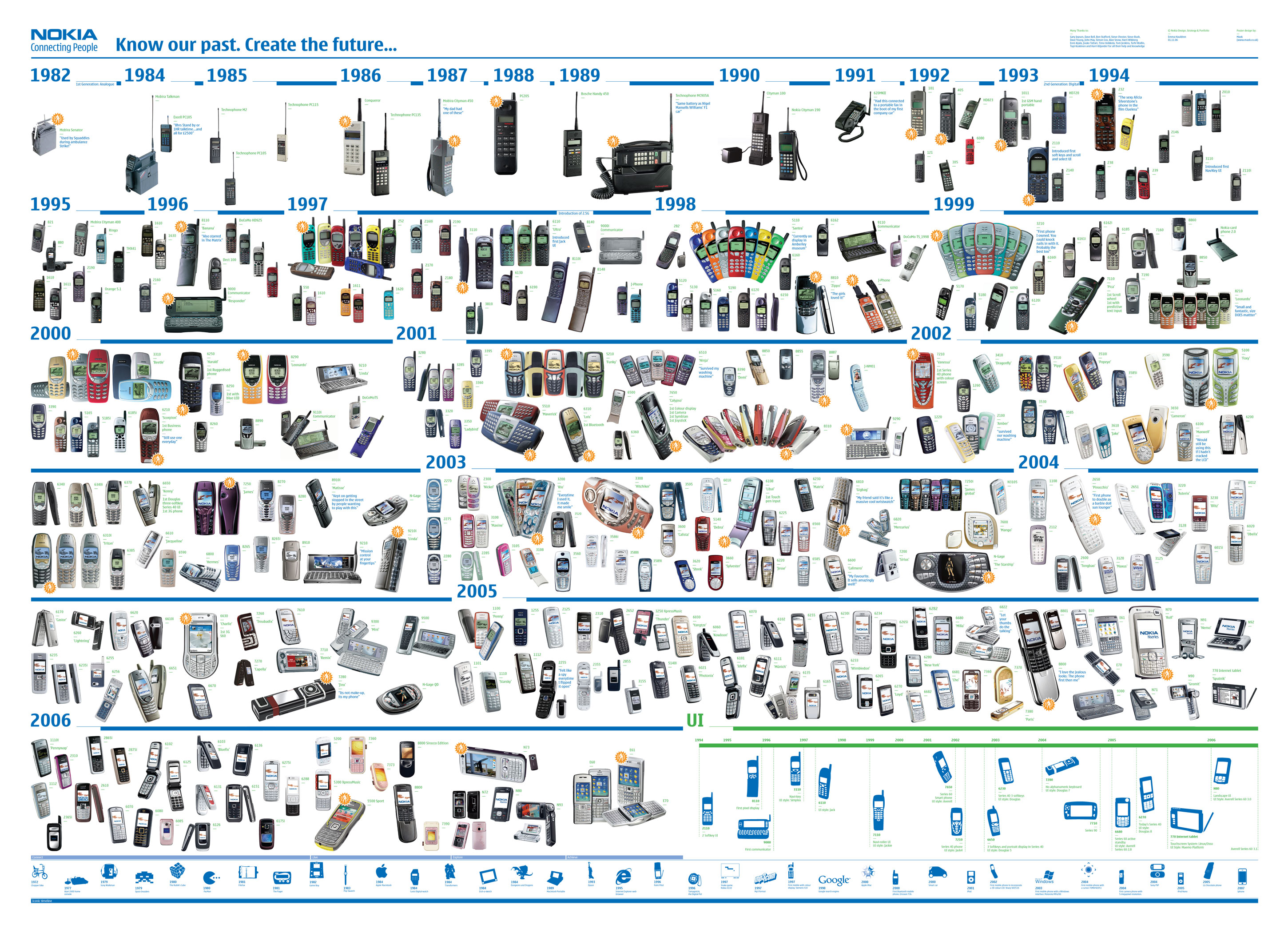(this article originally appeared in the book Play production in America in 1916)
“Props,” as I have remarked before, is the property man. He is in command of usually four or five “clearers” — the New Theater that was, had thirty-two — who carry off the furniture, rugs, and so forth, and place them in convenient but unobtrusive positions at back or in the wings.
In some of the older theaters, a trap was opened in the middle of the stage, and through this the properties were passed below; but the practise was generally abandoned in favor of leaving space for the property man and clearers to go on and off the scene while it is in course of erection or in course of dismantling. I have seen a property man with an armful of china, walk nonchalantly through a doorway to the stage, while the doorway, as part of the scene, was being slid into place from a distance.
The next set may be an exterior. The ground cloth is spread first, or the cloth of the preceding act may be removed revealing the new one already in place beneath it. Then the property man brings on the movable objects in his charge, benches, rocks, flower-beds, and so on, and piles them in the middle of the stage so that the grips may build the scene without interruption. He works from the middle outward, usually completing his work at about the time the grips do theirs. Flymen are occupied, meanwhile, in the lowering of drops and borders, and the grips in placing the flats, representing houses, perhaps, or walls.
At this point the electrician becomes active. He must adjust his border lights, place his wing lights, strips and bunches. After connecting the plugs, he places an assistant at each open lamp, as the law requires, and tests the entire arrangement to insure smooth operation. This over, the scene is ready.
Props, Juice, and Carp notify the manager to that effect, and the second act is called. “Clear!” and “Places!” bring the actors into position. A red lamp, w1nking of the musicians’ lights, or a buzzer, tells Herr Director to conclude his entr’acte music. The foots go on and the house lights out. The bell rings, or the switch is turned, and the curtain rises.
Three Departments Of The Crew
It will be observed that the stage crew is divided into three departments, Carpentry, Property, and Lighting, each independent of the others, but all three working harmoniously toward a common end. Largely for purposes of publicity—although the stage manager declared he did it for convenient identification — the three stage departments of the Punch and Judy Theater, New York, were once outfitted respectively with red, white, and blue caps.
At the Metropolitan Opera House, New York, where the change of bill is frequent during the season, day and night crews are maintained. The night crew takes down all the used drops and carefully packs them with reference to their numbers, and next day the day crew places them in the storehouse.
The force at the New York Hippodrome is frequently as many as two hundred men—about sixty electricians, sixty property men and clearers, twenty-five grips, and thirty-five engineers who attend the pumps that fill and empty the big tank. All properties and scene pieces there, are numbered to correspond to the men who are to handle them, while cues, on a darkened scene, are given by lights placed high in an alcove on one side of the stage. All men in the crew are rehearsed in their parts as thoroughly as the actors; consequently few changes of scene there — and there may be nineteen or twenty — take more than thirty seconds each.
It would require many pages to do more than indicate the duties of the various members of the stage crew, for they are constantly being confronted with new problems. A stage hand has little time to loaf, and full opportunity to build himself up from trade to profession.
Occasional disagreements are about all that inform the great theater-going public that such occupations exist. It is at such times that one hears talk of “unions” and “associations” that sound singularly inappropriate concerning attaches of Fairyland.
Unions
When one hears of union stage employees, he should remember that there is a distinction between their union proper — the I.A.T.S.E. (International Association of Theatrical Stage Employees) — and their fraternal order — the T.M.A.’s (Theatrical Mechanics’ Association). To join the first, one must have worked in a theater two years, and, before going on the road, been in the union two years. It is a powerful organization, and has settled, as an instance of its value in arbitration, what was formerly a prolific cause of argument — what is property, and what is scenery? Say a fountain is used in a set. What is it to be called? The union calls it property; so Props and his clearers are compelled to set and to strike it.
originally published in Play Production in America, by H. Holt and Company, 1916, (pp. 235-237)



